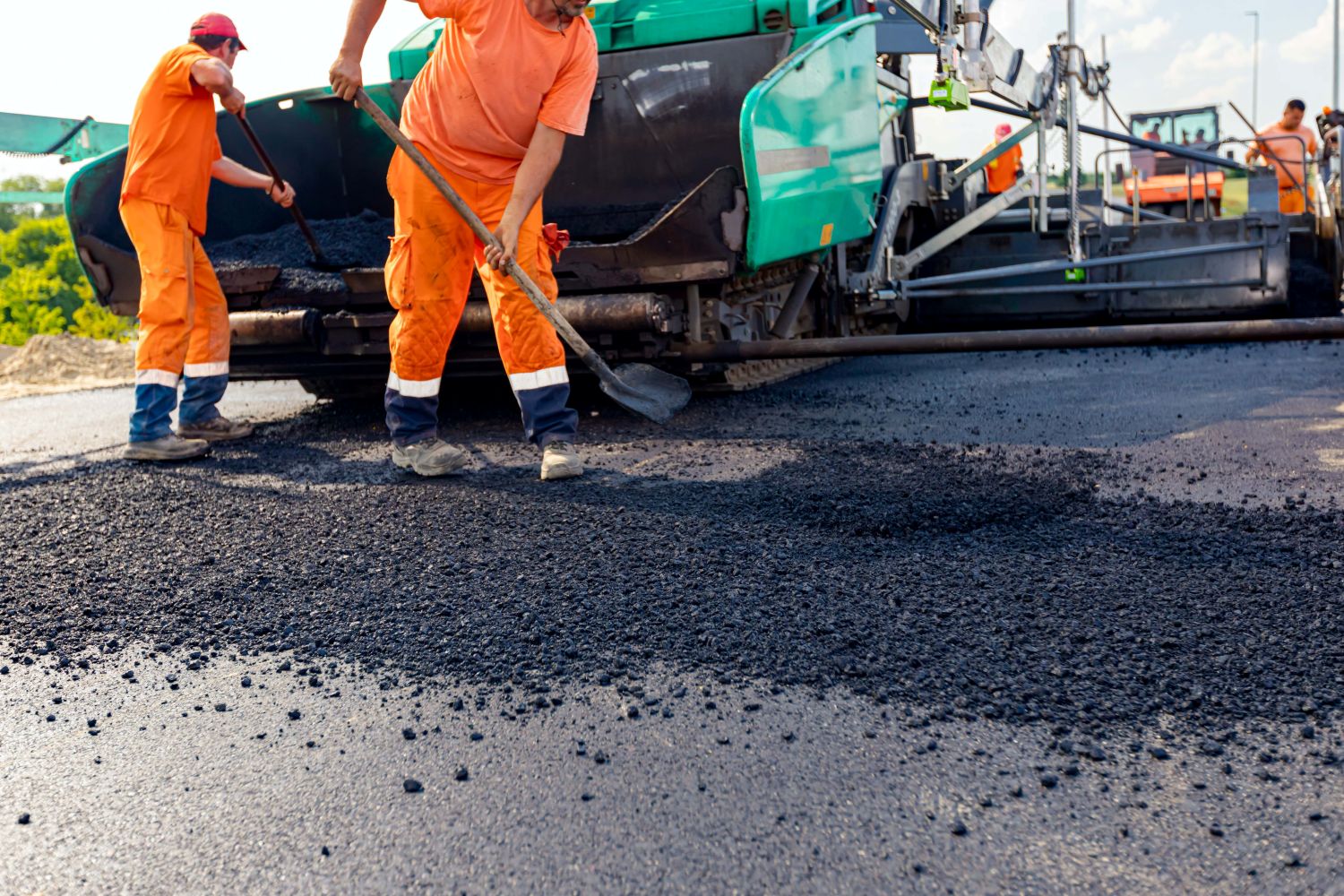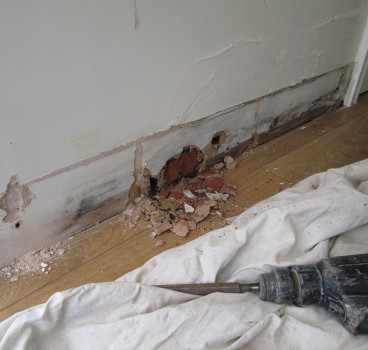The future of road building or how Graphene Is paving the way in Essex
A groundbreaking road trial in Essex is showing how nanotechnology could transform the future of UK infrastructure. Three years after its launch, the county’s experiment with a graphene-enhanced road surface has produced promising results, suggesting that this next-generation material could dramatically improve the strength, lifespan and sustainability of the nation’s roads.
In 2022, Essex County Council launched a pioneering trial using Gipave, a graphene-enhanced asphalt mix developed to create stronger, longer-lasting road surfaces. The material combines traditional hot-rolled asphalt with a specially engineered polymer additive infused with graphene - a form of carbon renowned for its extraordinary strength and flexibility.
Graphene, just one atom thick yet 200 times stronger than steel, has already transformed industries from electronics to energy storage. In road construction, its role is to enhance durability, resistance to wear and flexibility under stress. The Essex trial set out to test whether this microscopic material could deliver macroscopic benefits on the county’s busy road network.
Three years on
The findings so far are impressive. Three years after laying the graphene-enhanced asphalt, engineers have reported minimal cracking, less deformation and greater resistance to weather-related damage compared to traditional surfacing. Roads treated with Gipave have shown an extended lifespan, potentially lasting up to 60% longer than conventional surfaces.
This improvement doesn’t just save money - it also reduces disruption. Fewer maintenance cycles mean fewer road closures, less traffic congestion and a lower carbon footprint from heavy resurfacing machinery. The data suggests that graphene-modified roads can help authorities like Essex County Council stretch their maintenance budgets further while delivering more reliable infrastructure for road users.
Why Graphene works
Traditional asphalt struggles with the dual challenge of heavy traffic and changing weather conditions. Over time, bitumen, the binder in asphalt, becomes brittle, leading to cracks, potholes and surface degradation. The addition of graphene changes that dynamic.
Graphene’s unique atomic structure allows it to bond with bitumen and polymer additives, improving elasticity and structural integrity. The result is a road surface that can flex rather than fracture under stress, resist rutting from heavy vehicles and better tolerate the UK’s freeze-thaw cycles. It’s a small change at the molecular level that delivers massive benefits in real-world performance.
The implications go far beyond durability. Roads are among the largest infrastructure assets managed by local authorities and maintenance is one of the most carbon-intensive activities in civil engineering. Every resurfacing project involves quarrying, transporting and heating materials, each step adding to greenhouse gas emissions.
By extending the life of road surfaces, graphene-enhanced asphalt can significantly cut lifecycle emissions. Fewer resurfacing projects mean less waste, fewer haulage movements, and reduced energy consumption. Gipave also uses recycled plastic in its formulation, converting waste that would otherwise end up in landfills into a valuable construction material.
This aligns perfectly with the UK’s commitment to net zero by 2050, offering a tangible way for local councils and contractors to reduce carbon without compromising performance.
What It means for the future of road building
The Essex trial is more than a technical success - it’s a glimpse into the future of infrastructure. As the construction industry faces mounting pressure to deliver resilient, low-carbon solutions, graphene-enhanced materials offer a clear path forward.
If adopted at scale, this technology could redefine road-building economics. Longer-lasting surfaces mean fewer interventions, reduced maintenance budgets and improved road safety. The public benefits from smoother journeys, local authorities benefit from cost efficiency, and the planet benefits from lower emissions.

Beyond highways, graphene-based composites could soon find their way into airport runways, bridge decks and even rail track beds, any area where durability and sustainability must coexist.
Three years on, Essex’s graphene road isn’t just holding up. it’s holding promise. The success of this trial validates the idea that innovation in road construction doesn’t always have to mean radical reinvention - sometimes it’s about enhancing what already works with cutting-edge science.
As more local authorities and contractors take notice, the graphene revolution could spread far beyond Essex. The next generation of roads might not just carry us forward, they could represent a step change in how we think about materials, maintenance and environmental responsibility.
In a world where every tonne of carbon and every pound of public spending matters, graphene roads could prove to be the smartest surface yet - stronger, greener, and built to last.
Additional Blogs

How construction can cut Its carbon footprint by caring for soil
Soil is often dismissed as mere dirt, but it is one of the planet’s most powerful carbon stores, holding more than all of the world’s forests combined. Yet in our rush to build, pave and develop, we...
Read moreWhat is bridging damp? How it happens and how to fix it
Bridging damp happens when moisture finds a path around the building’s damp-proof course (DPC) so it reaches your internal walls and skirting. If you see damp patches rising above the skirting or...
Read more

The silent death of the fixed-price contract
For decades, the fixed-price contract has been the backbone of construction procurement. It promised certainty with a defined scope, an agreed sum and a clear transfer of risk from client to...
Read more